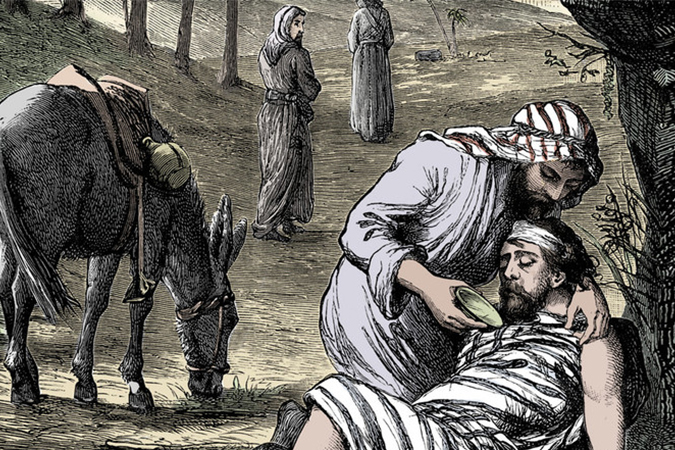
Jesus’ words reveal to us that we have direct access to a God who is neither remote nor distant, but present. Jesus told parables that present an image of God as one who is relentlessly searching us out and as one who takes great joy in our return to his arms. Our God is accessible, not aloof, withdrawn, or reserved. God is in pursuit of us and will not be satisfied until he has drawn us closer to him.
Theologian and author Jack Shea explains that stories such as Jesus’ parables are accessible, infinitely more so than heavy conceptual language. Jesus, of course, is the consummate storyteller. His parables are a primary vehicle for proclaiming the reality of the Kingdom of God in our midst. The “magic” of Jesus’ parables, according to theologian Pheme Perkins, is that “they disclose a religious dimension to common, human experience” through which God’s nearness is revealed.
Jesus’ parables invite the listener to…
- consider an alternative reality.
- enter a relationship with the storyteller.
- encounter the mind of God.
- consider a counterintuitive way of thinking.
- embrace a future that is underway and can’t be stopped.
- follow Jesus more closely.
- contemplate repentance.
- deepen commitment.
Some effective ways to teach about Jesus’ parables include the following.
- Explain that many of them feature objects or events from everyday living for people of Jesus’ time.
- Invite participants to brainstorm objects or events that Jesus might use if he were telling parables today, such as cell phones, apps, video games, earbuds, social media, streaming services, GPS, or reality TV shows.
- Invite participants to select a parable from the Gospels and to rewrite it using contemporary images, objects, or events, while keeping the same message about the Kingdom of God.
- Arrange for participants to act out parables from the Gospels.
- Explain that Jesus’ parables often turn the world upside-down in order to challenge our thinking and invite us to recognize that living in God’s kingdom requires a new way of thinking.
- Invite participants to search the Gospels for examples of the following: parables about seeds/sowing/weeds; parables of lost things/lost treasures; parables of yeast/leaven; parables of banquets/guests; parables of light.
What are some of the ways you teach about parables?



Be the first to comment